Figures & data
Figure 1. Design of ceramic rod. The illustration shows the dimensions in mm and a copy of the computer aided design (CAD).
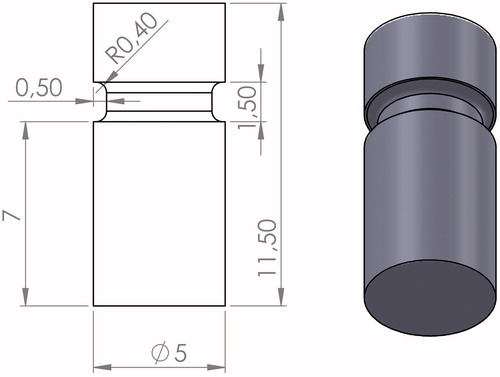
Table 1. Materials used for cementing.
Figure 2. Experimental design of tensile bond strength test. A metallic jig enclosed the ceramic rod at the notch in the circumference for adequate grip. The rod was cemented onto the dentin surface of bovine tooth embedded in epoxy resin.
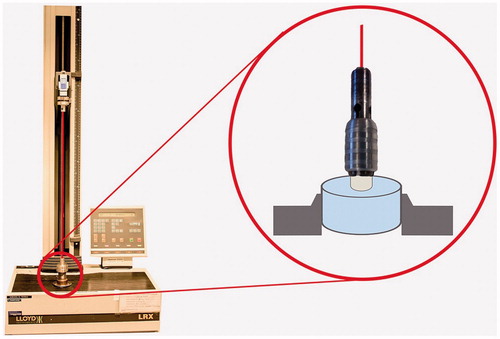
Figure 3. Examples of fracture morphology observed in light microscope (diameter 5 mm). 1: combination of cohesive fracture in cement and adhesive fracture between cement-zirconia; 2: combination of cohesive fracture in dentin and adhesive fracture between cement-dentin and cement-zirconia; 3: combination of cohesive fracture in dentin and cement, and adhesive fracture cement-zirconia.
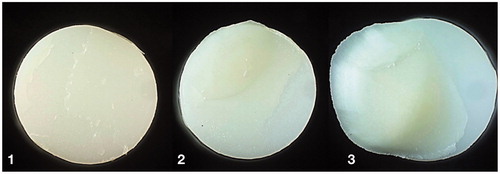
Table 2. Fracture characterization.
Figure 4. Mean tensile bond strength and standard deviation. Zir A: air borne particle abraded zirconia; Zir E: KHF2 etched zirconia; LDS: hydrofluorid acid etched lithium disilicate. Different lowercase letters illustrate significant difference (p < .05) between Zir A, Zir E, and LDS for each cement. Different uppercase letters illustrate significant differences (p < .05) between cements for each rod material.
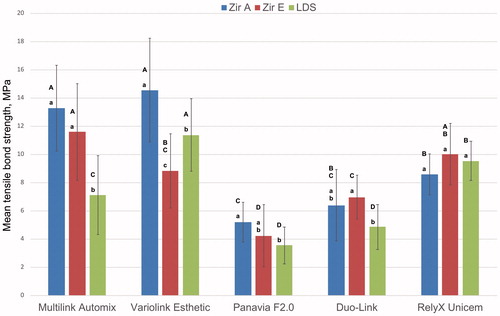
Figure 5. Representative SEM images of air borne particle abraded zirconia (a), KHF2 etched zirconia (b), and hydrofluoric acid etched lithium disilicate (c). Bar represents 20 μm.
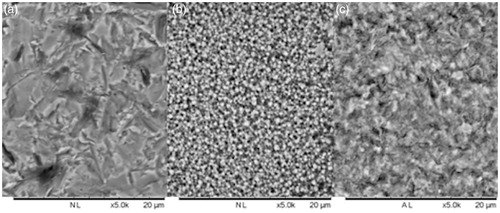
Table 3. Mean surface roughness (Sa) measured in nanometer and statistical comparison between the groups.
